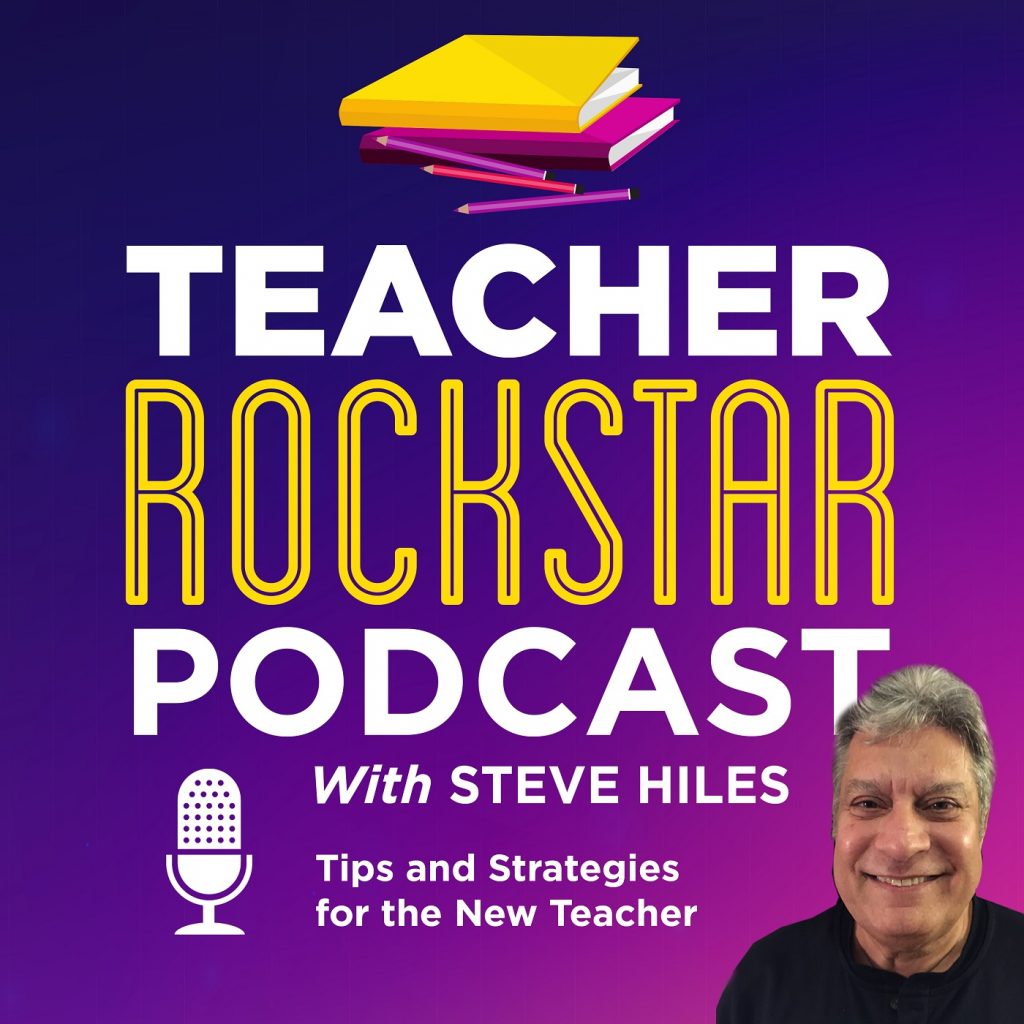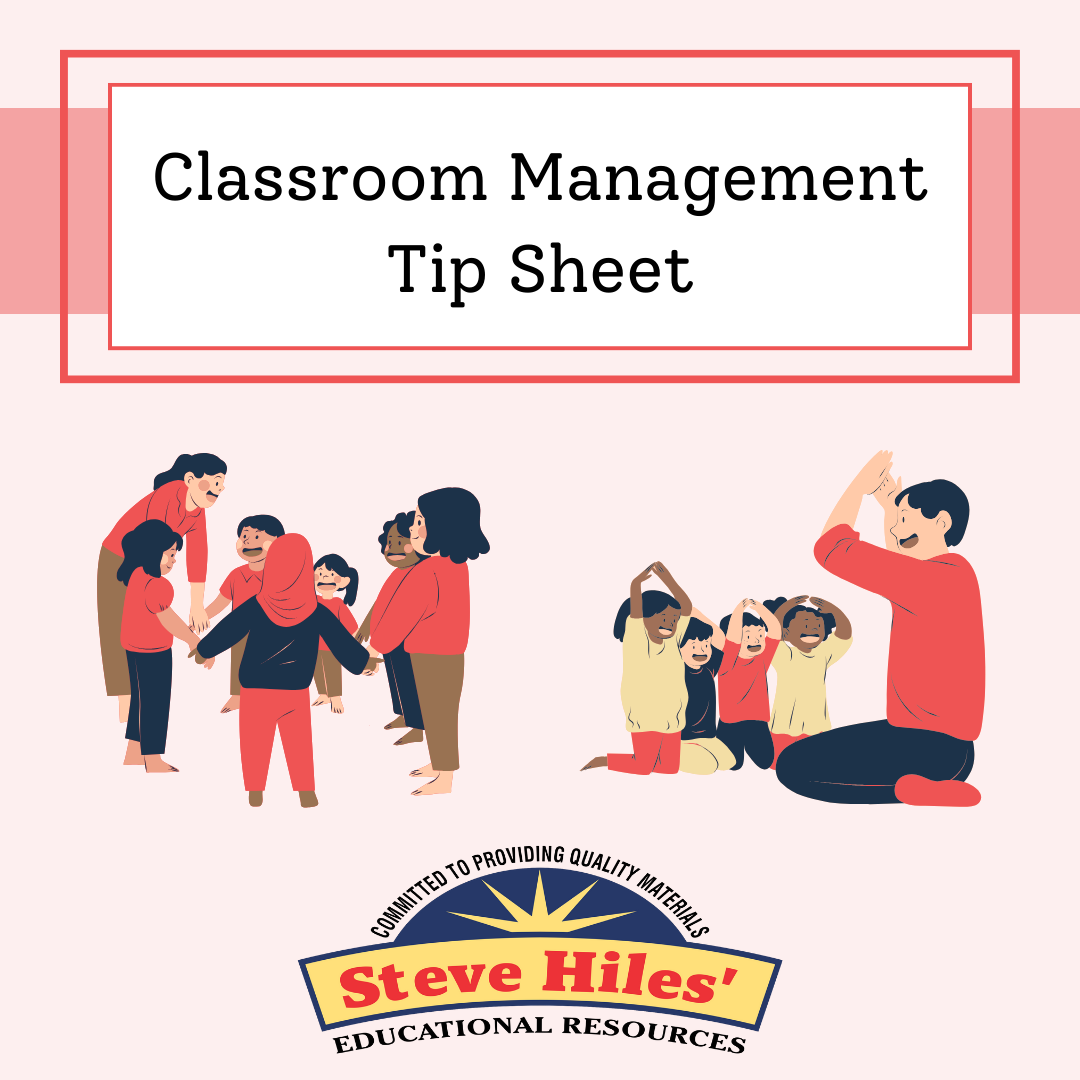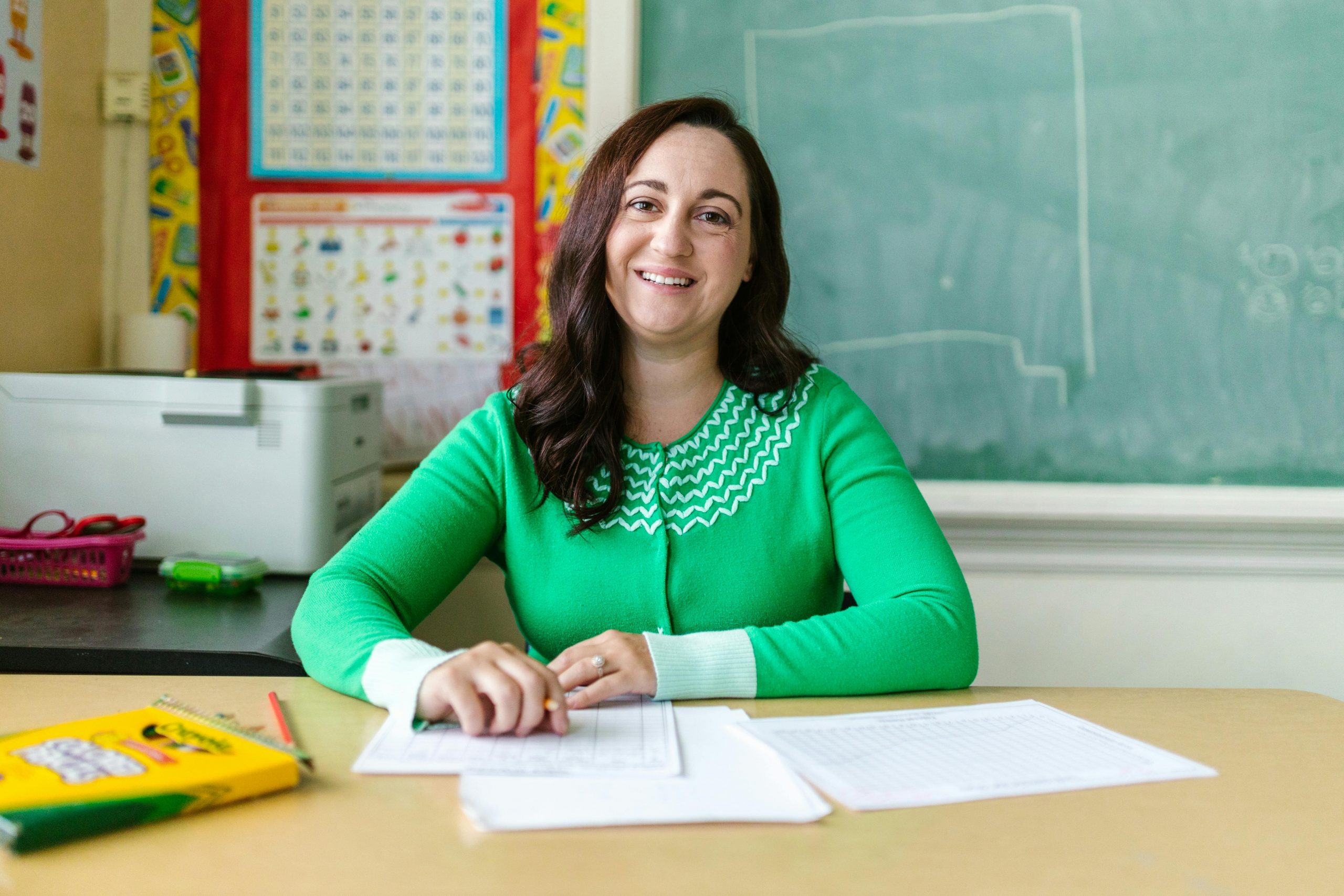I remember one year in particular when my class was so disruptive, I thought I’d never get them under control. But here’s the thing—I did, and it wasn’t magic. Let me tell you how I turned things around with a few key strategies that might just work for you too…
I’ll never forget the year I walked into what would be, hands down, the most disruptive class of my teaching career. It was like stepping into a hurricane, and I was the umbrella trying to hold it together. Every day felt like I was just a referee, managing everything from side conversations to kids randomly wandering the room. I had one student who seemed to think breakdancing in the middle of a math lesson was perfectly normal, and another who could argue with a wall if given the chance. Needless to say, I was exhausted and very close to losing my cool.
But then, after a particularly rough day (you know the kind—where you’re questioning every life choice that led you to teaching), I decided to make some changes. What I was doing clearly wasn’t working. Time to shake things up.
Step 1: Set Clear Expectations
The first thing I did was a complete classroom reset. I came in the next day and laid out clear, simple expectations. I wrote them on the board—nothing fancy, just five rules that focused on respect, listening, and staying on task. I even made a joke about how if they could follow these rules, I’d nominate them all for the Nobel Peace Prize. The class laughed, but they got the message. I realized that some of my students weren’t entirely sure what I expected from them, so I needed to make it clear.
Step 2: Establish Routine (And Stick to It)
Once the rules were in place, I realized that the chaos partly stemmed from a lack of structure. If I didn’t know where the class was headed, neither did they! So, I created a super consistent daily routine. I added a “Do Now” activity on the board for them to jump into as soon as they walked through the door. No more lingering or chatting. Get in, get started. At first, it was like pulling teeth, but after a week, they actually started to settle in. One kid even said, “Hey, I like knowing what we’re doing every day.” Progress!

Step 3: Relationships Over Rules
Next came the relationship piece. I’m not just talking about superficial “how’s your weekend?” chats. I made it a point to understand these kids—what they liked, what frustrated them, and who the real leaders were (even if they used their powers for evil at first!). I started having one-on-one chats with the most disruptive students, not in a disciplinarian way but more of a “hey, I’ve noticed you’ve been acting out—what’s going on?” I learned a lot about their home lives, personal struggles, and the fact that many of them were acting out simply because they didn’t feel heard or seen. So, I flipped the script. I gave them more opportunities to lead activities, made them partners in classroom responsibilities, and celebrated their wins—even the small ones. Slowly, the defiance started to fade.
Step 4: Consequences, But Fair Ones
Of course, I still had to enforce consequences, but I made sure they were fair and consistent. Instead of raising my voice (which didn’t work anyway—believe me, I tried), I calmly enforced consequences that were tied directly to their behavior. For example, if someone was talking during instruction, they’d have to sit in a different spot for that period. If they didn’t complete their work, they’d finish it during free time. Nothing outrageous, just logical consequences. The key was staying consistent. After a couple of weeks, they realized that my word was my bond, and pushing boundaries didn’t have the payoff they thought it would.
Step 5: Positive Reinforcement
I also began using positive reinforcement like it was going out of style. I created a points system where the class could earn rewards like extra free time or fun activities on Fridays. It wasn’t anything extravagant, but it worked wonders. The class became this strange ecosystem where they held each other accountable. “Yo, stop talking! We’re almost at 20 points!” was music to my ears. They wanted those rewards, and suddenly, they were working together to get them.
The Result?
Was it perfect? Absolutely not. Did I still have days where I questioned my sanity? Oh yeah. But by the end of the year, this once chaotic, disruptive group had turned into a team. We still had our moments—every class does—but we had created a classroom environment where respect, routine, and relationships ruled the day. One of my toughest students even came up to me on the last day of school and said, “You’re pretty cool for a teacher.” I’ll take that as a win any day.
So, in the end, I didn’t just survive that class—I thrived with them. It wasn’t about having strict rules or being the “cool” teacher; it was about creating structure, being fair, and building connections. And trust me, if I could turn that class around, there’s hope for any classroom.









